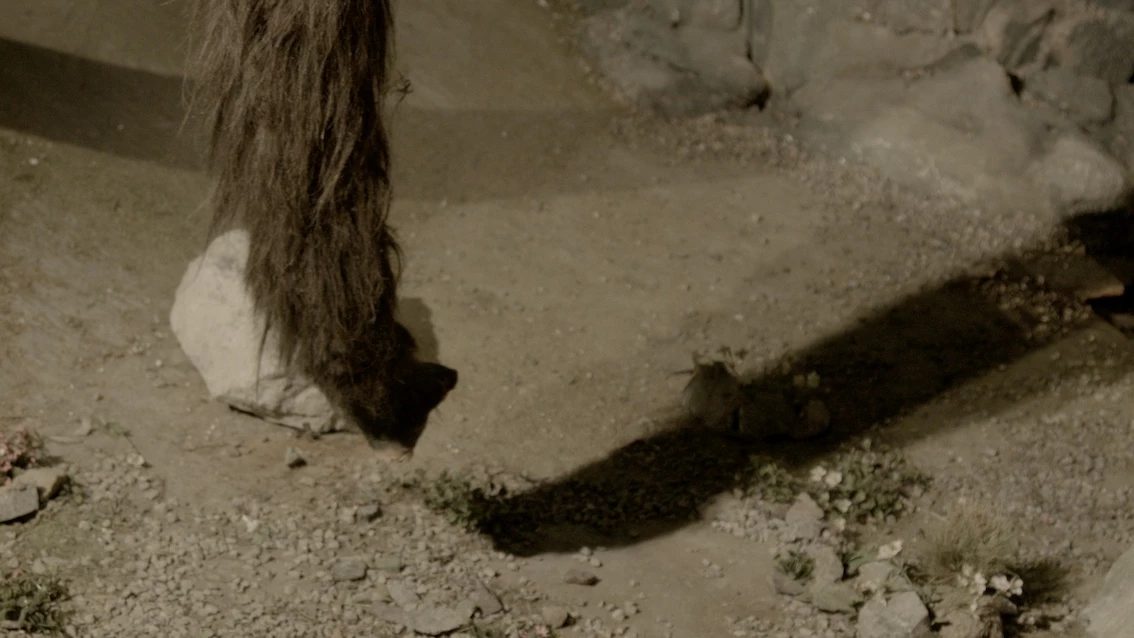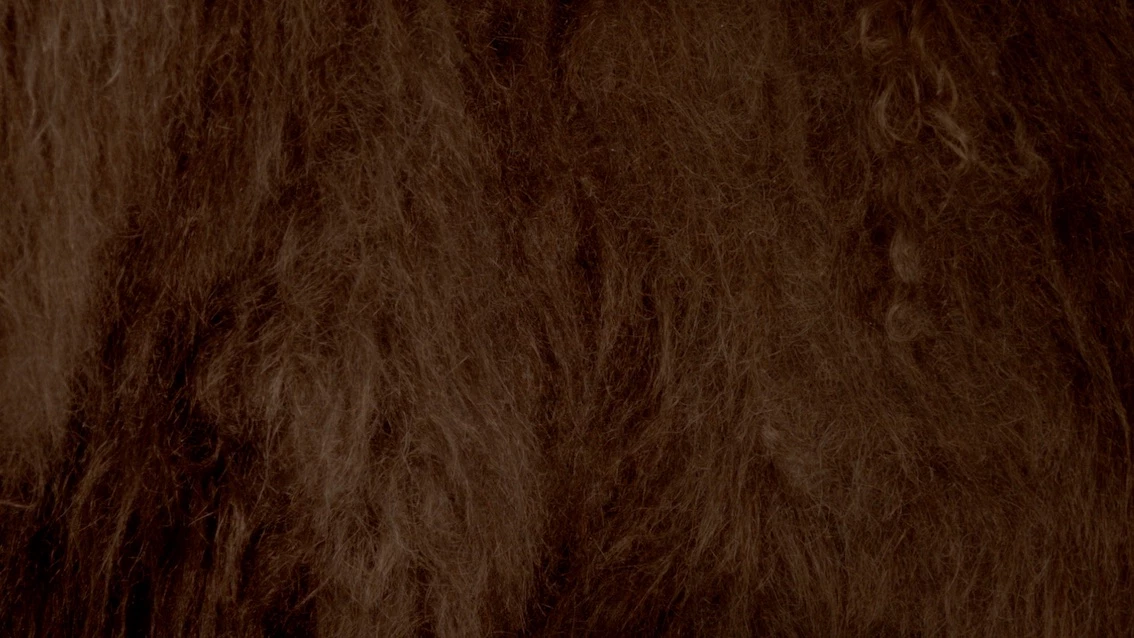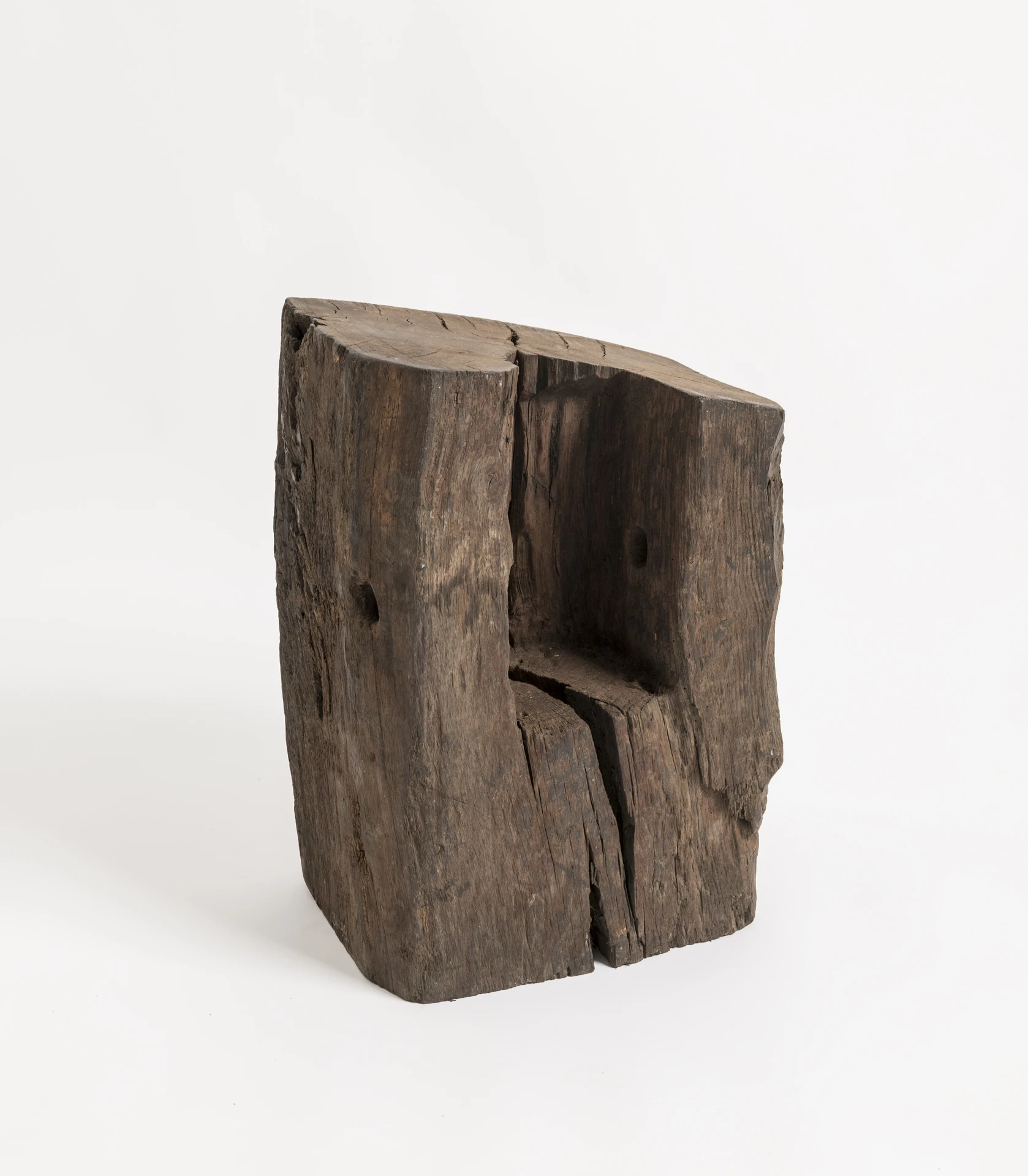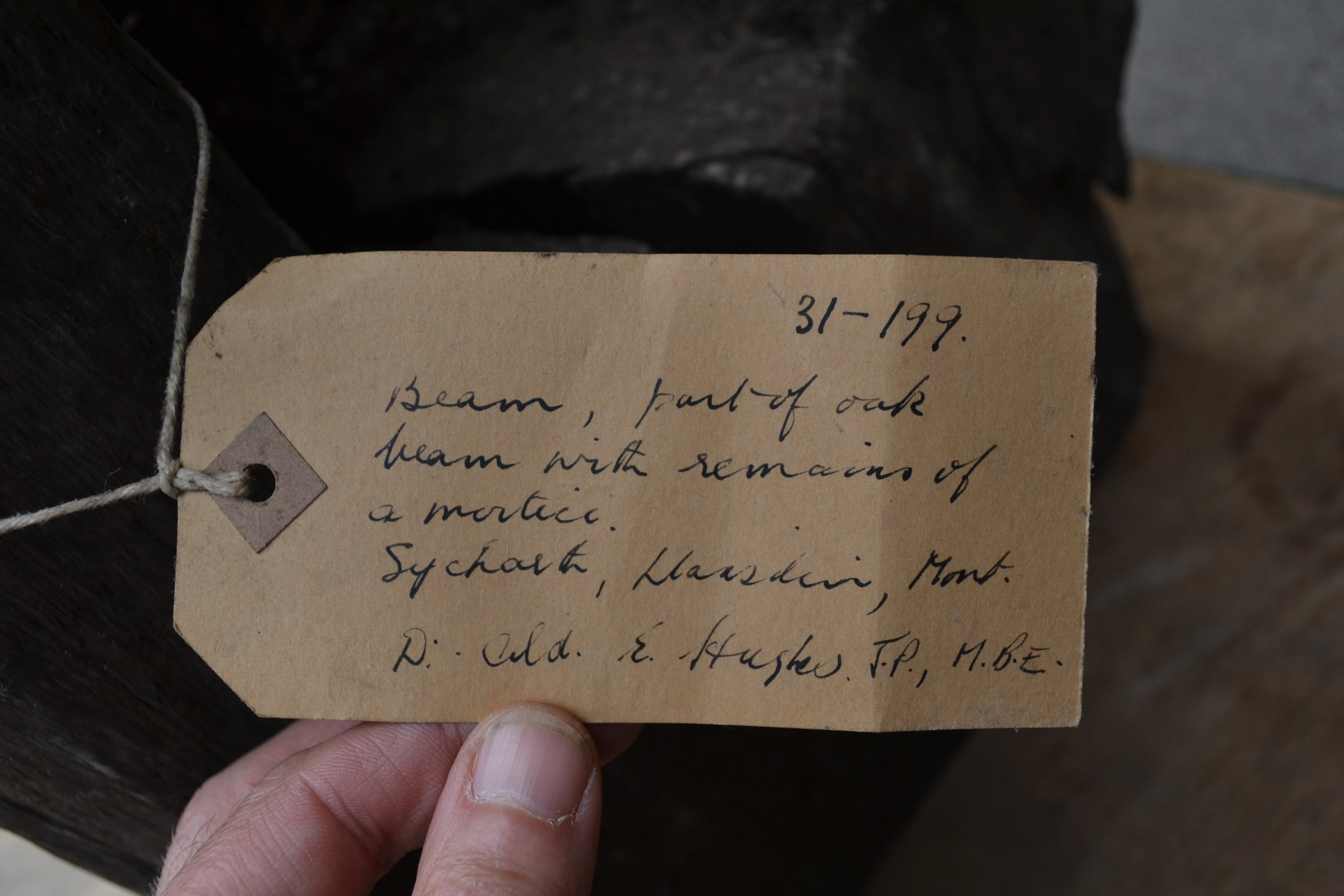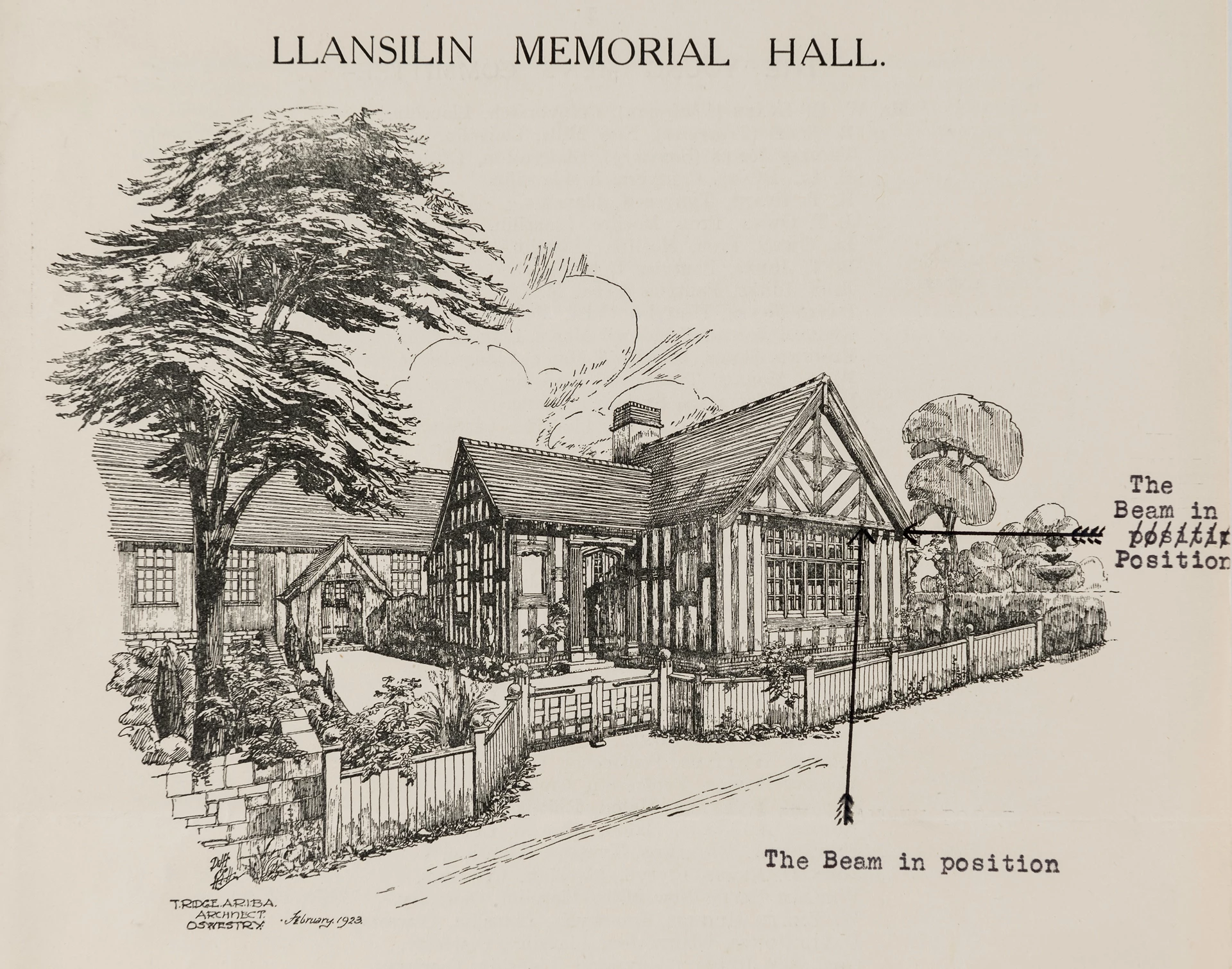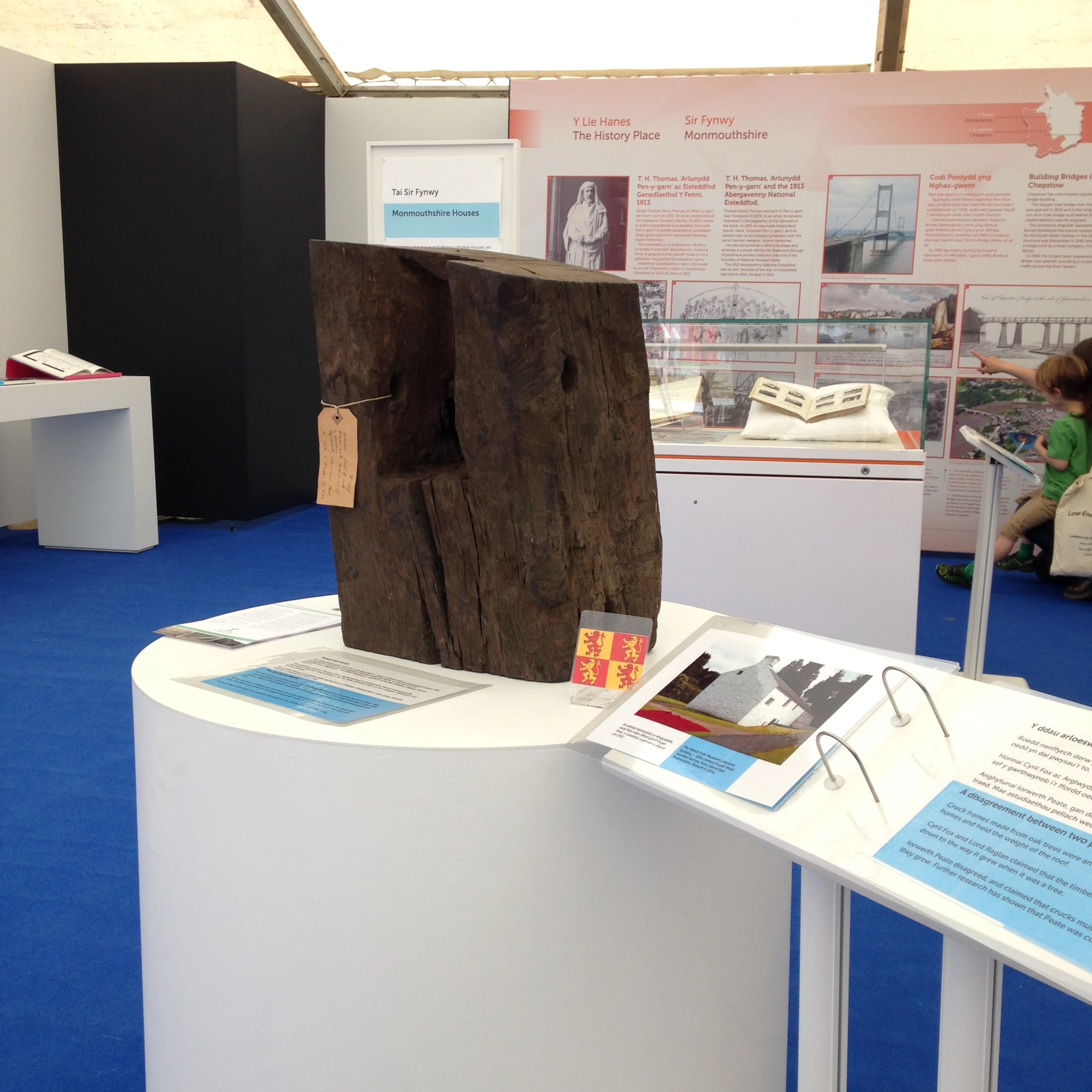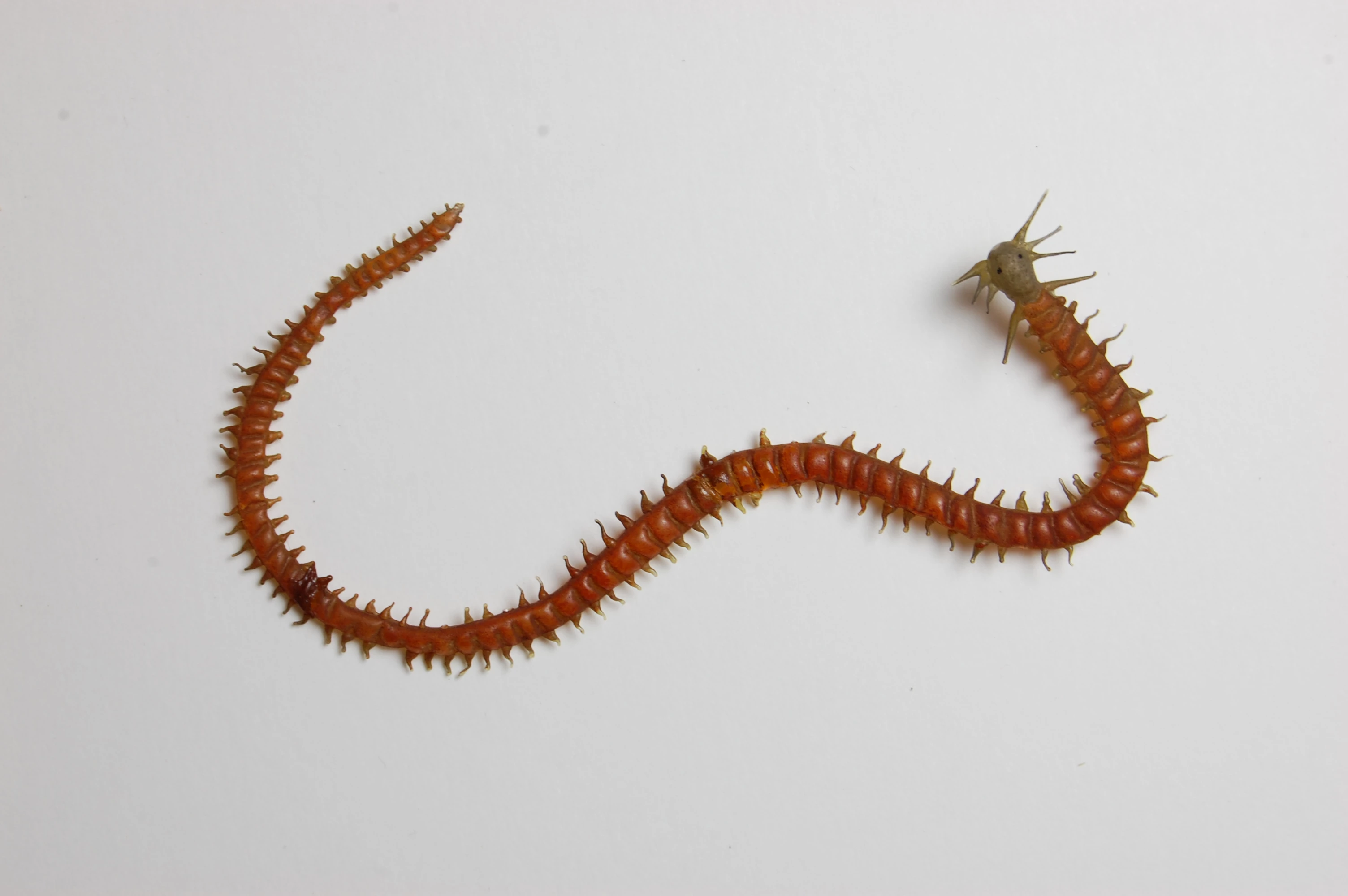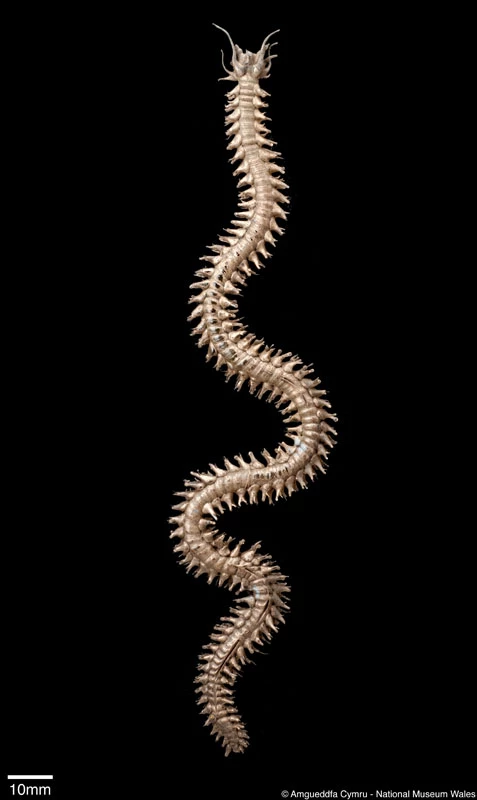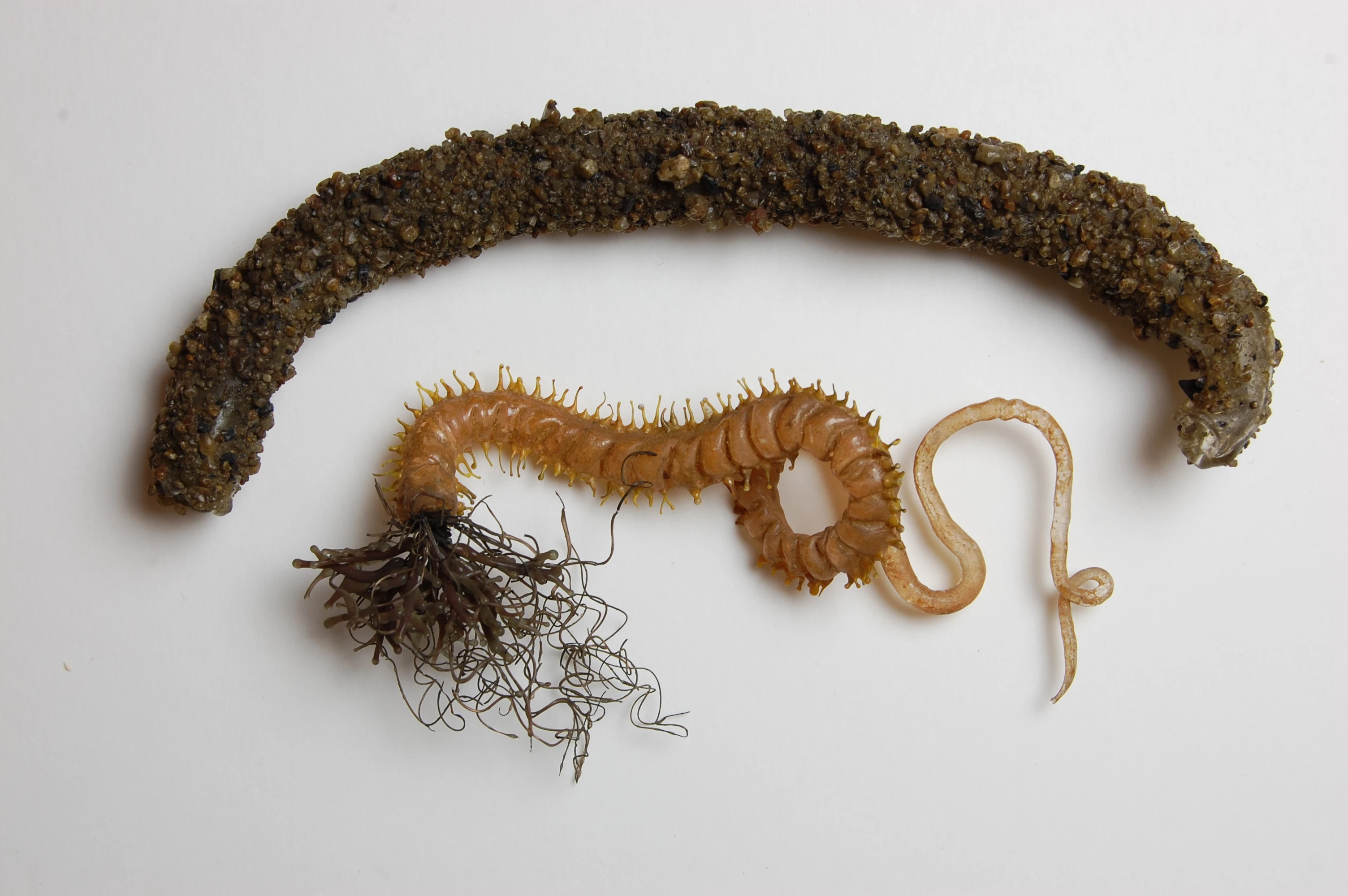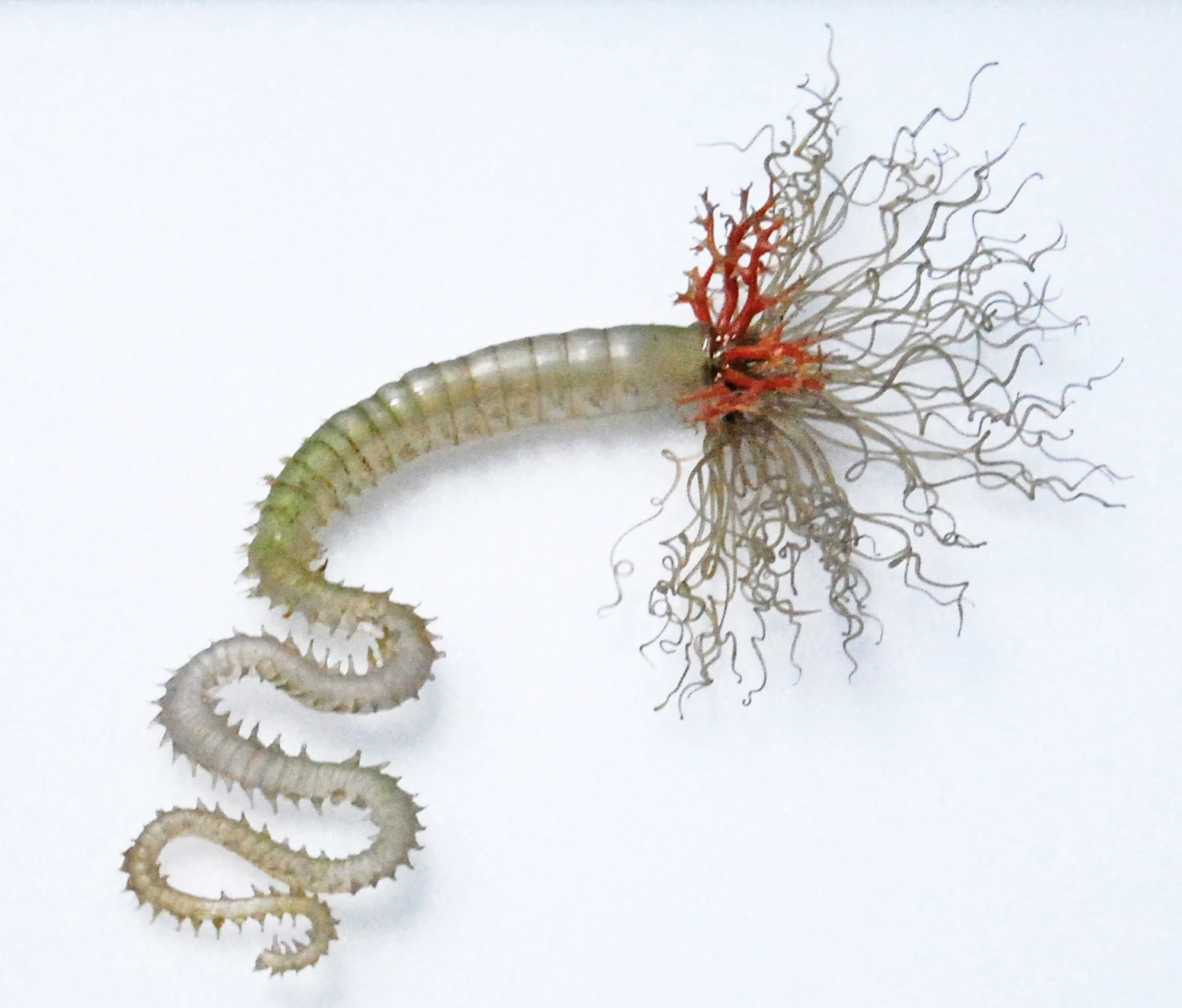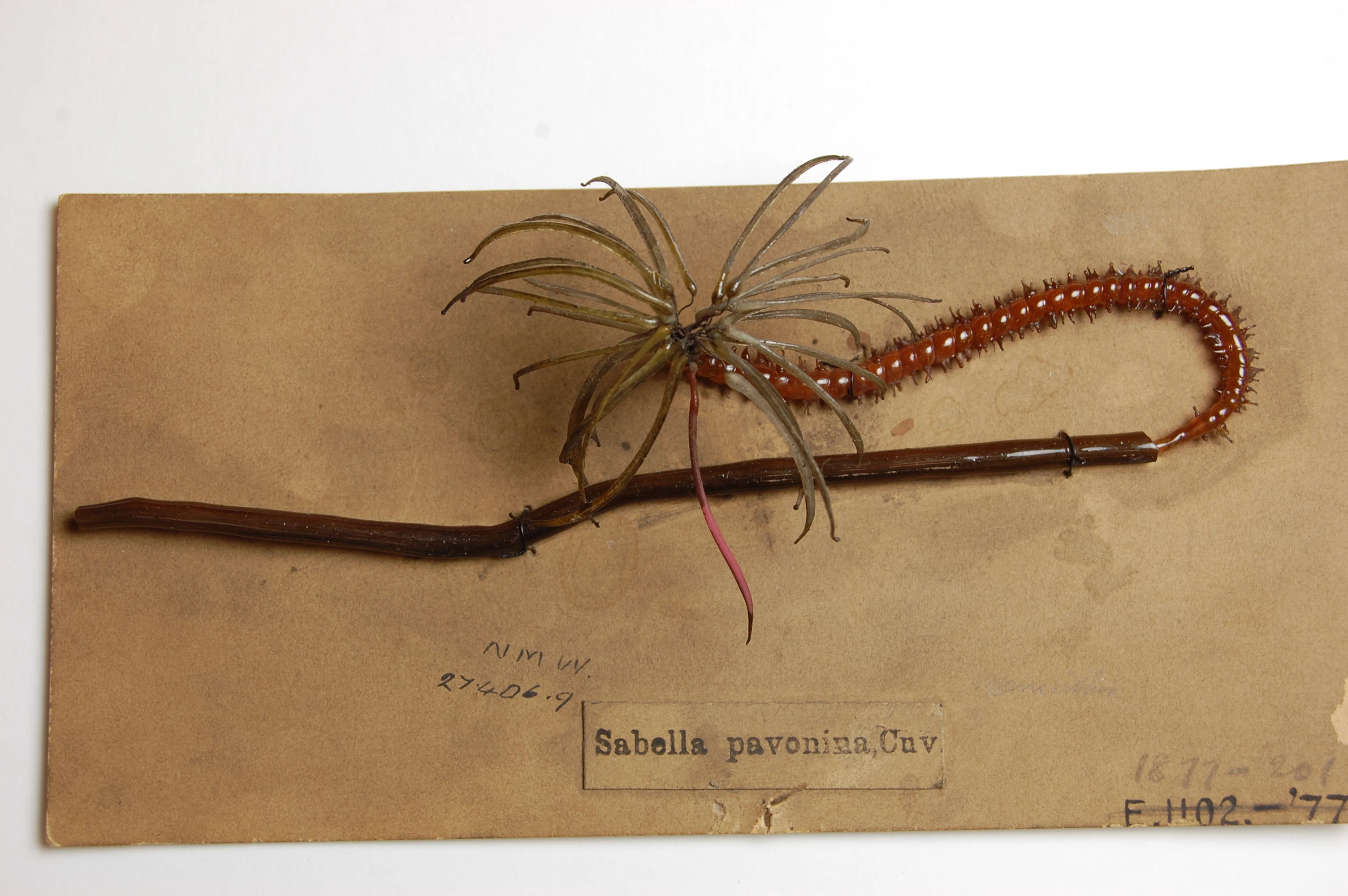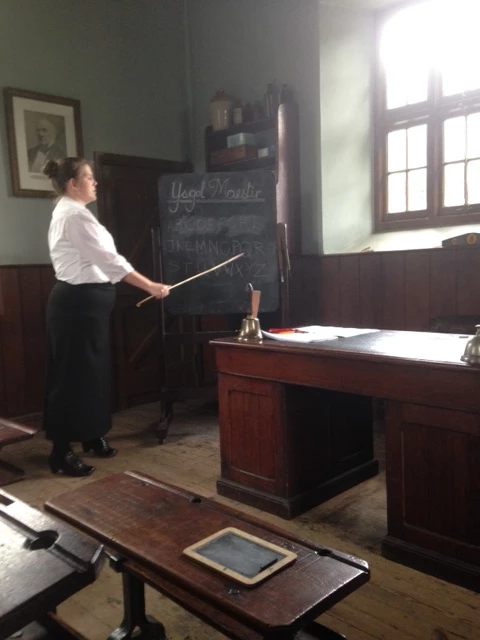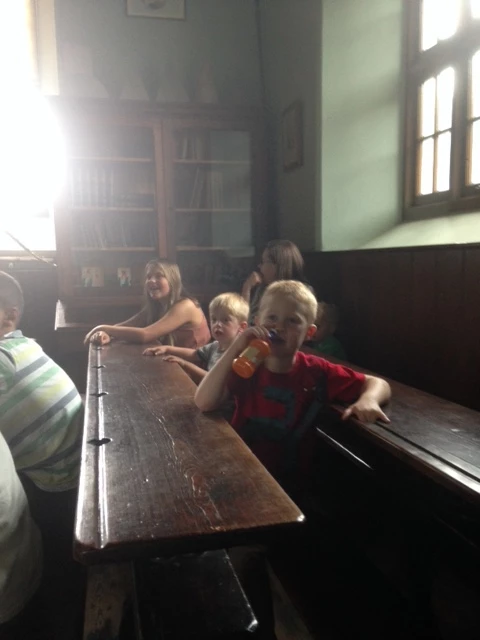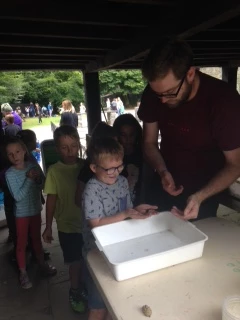The Chambered Cairn
, 16 September 2016
My artistic practice is multi-disciplinary and includes film, performance, design and engagement with communities. Using an investigative approach my work responds to journeys and geographical locations. Previous projects have included, an odyssey across Wales (Cerbyd), the life, death and afterlife of an elephant in Swansea and a hunt for the Beast of Bala.
From November 2015 to April 2016 I was chosen as artist in residence at Parc le Breos, Neolithic chambered tomb. During the residency I used engagement activities and film making to explore how the exposure and freedom to explore the Parc le Breos site through a host-guest scenario could give agency to the individuals involved.
Focusing on the themes of shelter, survival, hunting and rituals, I arranged a programme of regular activity for Community First groups to work with myself and local practitioners in the area sharing their expertise. Partners included Dryad, Forest Schools, Gower Unearthed and Guerrilla Archaeology who created experiences including shelter building, fire making and story telling. Over 1000 people took part in the project, many of whom had never visited Parc le Breos and the Gower before.
Amgueddfa Cymru provided a vital resource throughout - this included visiting the Museum stores with Jody Deacon, Curator: Prehistoric Archaeology (Collections and Access) to film material relating to Neolithic sites in Wales.
I was also given access to the taxidermy, scenes, models and soundtrack from the Natural History displays. This was particularly special for me; as a Cardiff boy I remember the mammoth from my school visits to the museum. The opportunity for me to return to this remarkable beast was not only nostalgic but added a sinister dimension to the project by questioning the unharmonious co-existence of the neolithic period, my own childhood memories and the present day.
A range of academics and specialists have given their time for audio interviews to be used within the film of the project including Professor Alasdair Whittle, Research Professor in Archaeology, Dr Jacqui Mulville, Reader in BioArchaeology and Roy Church, Manager of the Gower Heritage Centre. Audio was also gathered from story telling developed with the English and Maths Group based at Phoenix Centre in Townhill.
Since April I have been editing together footage and audio for my film The Chambered Cairn. The film itself opens up a variety of possibilities, suggesting that not everything is as it seems and highlighting the inevitability of change. It also hints at the hidden or unknown aspects of human development. For example, for approximately 2 million years prior to the advent of agriculture, gatherer-hunters enjoyed excellent health, social and sexual equality, very light workloads, plenty of leisure time and freedom from any form of government. The Chambered Cairn explores our evolution and migration to the British Isles and the impact of human development from hunter gathers to agriculture and domestication.
The launch of film will be on Saturday 17 September between 12.00 – 3.30pm at Gower Heritage Centre. The film will be screened in La Charrette, a 23 seated cinema, built by Gwyn Phillips, an electrician who fell in love with the movies in his youth while working as a projectionist, and began showing films in 1953 in his back garden in Gorseinon.
All are welcome.
The Chambered Cairn
La Charrette, Gower Heritage Centre
Sat 17 Sept 12-3.30pm
This project was funded and supported by Cadw, The Gower Landscape Partnership, Arts Council for Wales, Welsh Government, Heritage Lottery Fund, National Trust, Natural Resources Wales, City and County of Swansea, Cardiff University’s Guerrilla Archaeology, Amgueddfa Cymru and Gower Heritage Centre.
